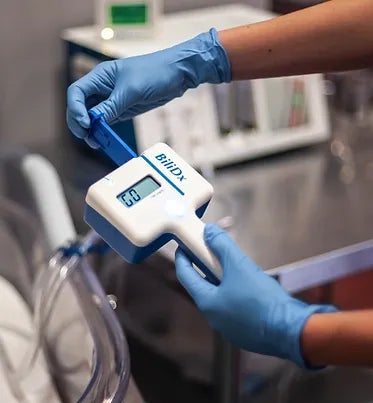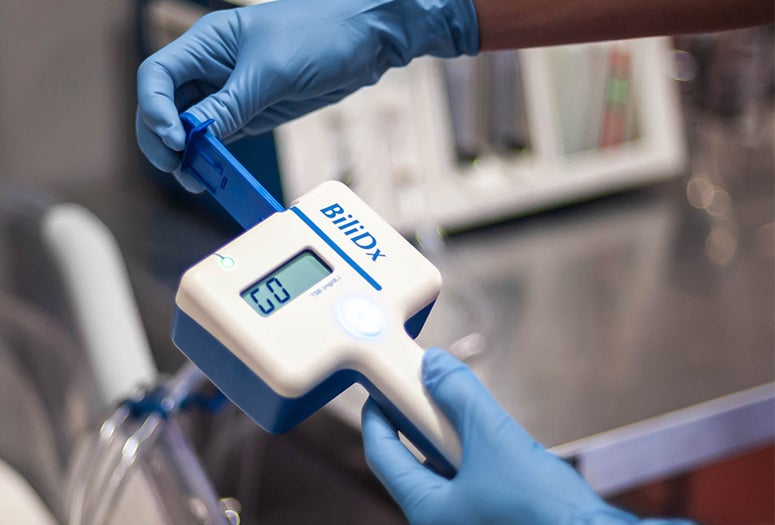Bioengineers at Rice University’s Rice360 Institute for Global Health Technologies have shown that BiliDx, their redesigned platform for point-of-care jaundice testing of newborns in low-resource hospitals, can deliver results that have comparable accuracy to reference laboratory standard tests.

More than 80% of newborns develop jaundice, which if left untreated can lead to serious complications and death.
In a newly published paper in PLOS Global Public Health, Rice360 researchers and their collaborators evaluated BiliDx’s accuracy in a study at two hospitals in Nigeria and Malawi. They found BiliDx, which can deliver test results in less than one minute, showed good performance for measuring “total serum bilirubin,” an indicator of newborn jaundice, both in samples with high direct bilirubin and high hematocrit.
BiliDx uses lateral flow cassettes and is designed to address a critical gap in the availability of point-of-care hospital testing for total serum bilirubin that is not only accurate, rapid and low-cost, but also uses consumables that are suitable for local, at-scale manufacturing.
BiliSpec, Rice360’s original low-cost, point-of-care jaundice test, was also accurate, but it used handmade test strips that proved difficult to produce in sufficient quantities in low-resource communities.

